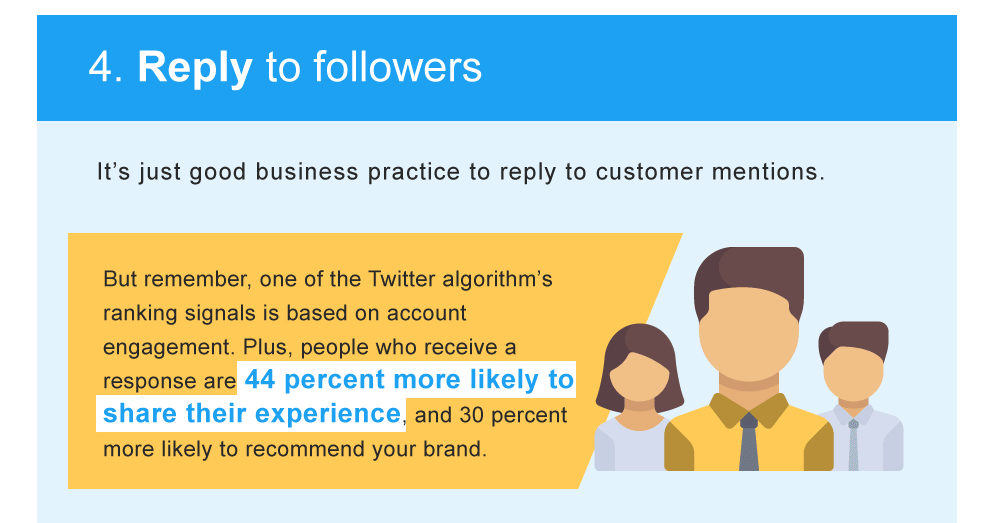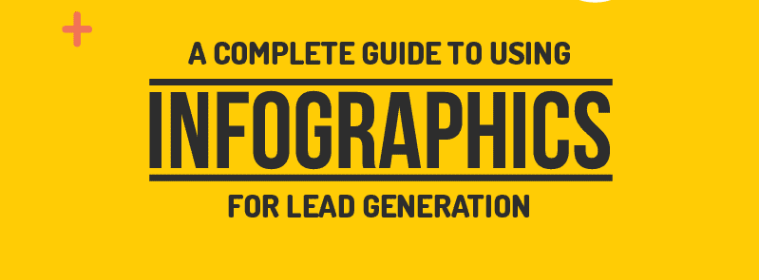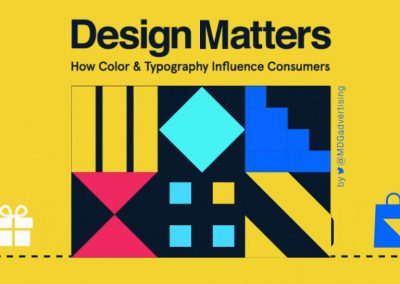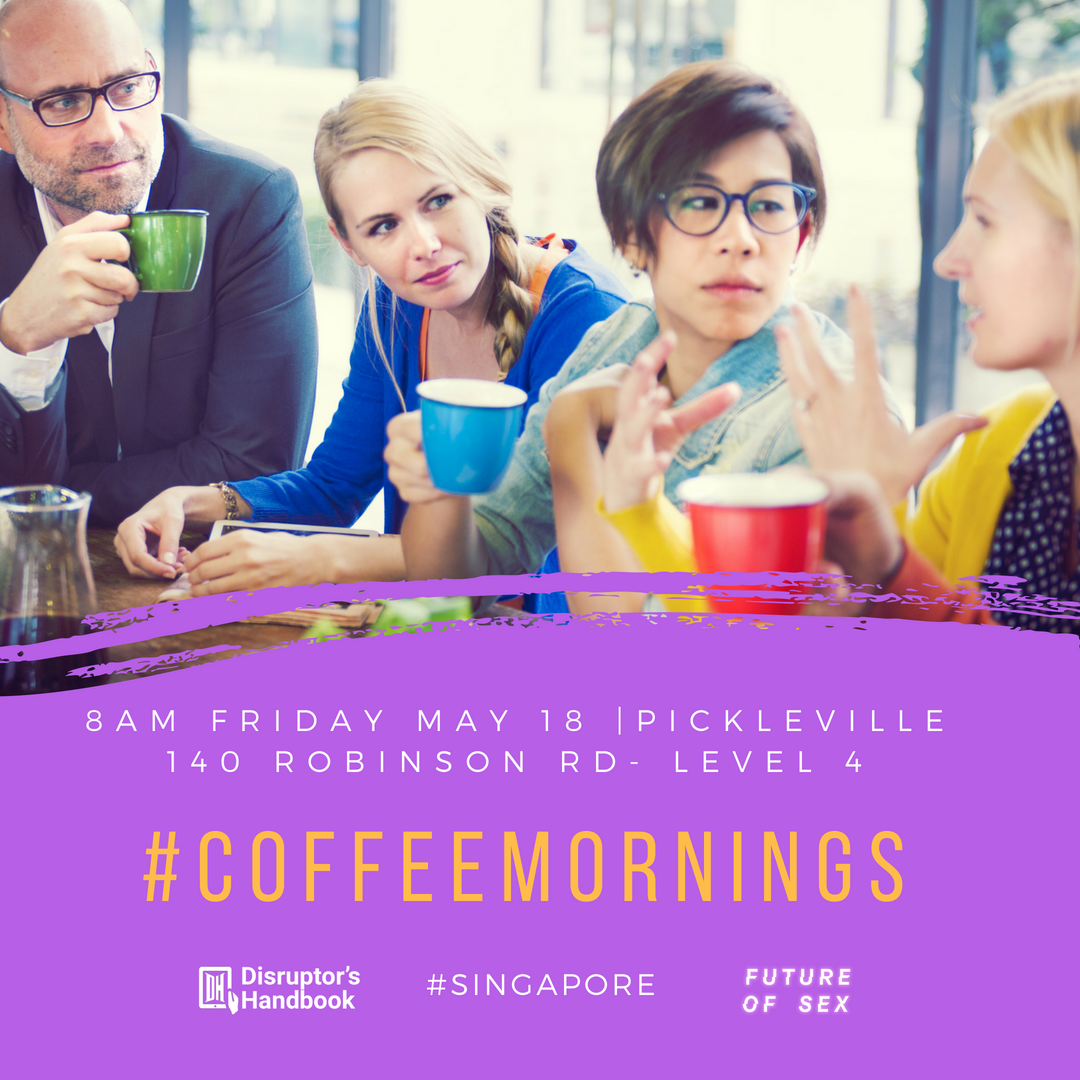Update: it seems the very first #coffeemornings in #singapore has outgrown itself. We’ll now be at Pickleville, 140 Robinson Road – Level 4.
For over 10 years now, we have been hosting a meeting of various strategy, digital, social media, innovation and tech types each Friday morning in Sydney’s Surry Hills. We have seen the rise and transformation of marketing and social media as a niche topic to a mainstream – must-have. We have discussed the role of communications and activism, seen new apps and platforms come and go – and still we persist.
But it’s not always about the tech or the topics. It’s mostly about the people.
Now, we know that life is busy and that there’s every reason NOT to get up a little earlier to come along to meet with a table full of people you’ve never met (or maybe only see at conferences). But this Friday is different. This Friday, we’ll be in Singapore.
The plan is the same. All are welcome. We meet. Drink coffee. Talk. Find the wavelength and think about how we can all use our creativity, insight and generosity to plant some change in this world. We’d love for you to join us!
Where: Pickleville, 140 Robinson Road, Level 4
When: Friday, 18 May 2018
Time: From 8am
Getting there: Get directions.
Wait! How will I find you?
Check out my LinkedIn profile. I look like my photo – especially after I have had coffee.
Why are we in Singapore?
This week, Bryony Cole, CEO of FutureOfSex.org and I are hosting the first sextech hackthon in Asia. As Bryony explains, “In every society, there are undercurrents we don’t talk about. Sex is almost universally one of them. The ramifications of creating an unspoken culture around sex is that critical information on protection and health is also ignored or driven underground.” Imagine if there was a way to change lives through conversation (ie sounds like a communications challenge, right there!).
Hackathons are the perfect way of hosting and workshopping challenging topics – whether they are tech, social, business or cultural in nature. If you can’t make the hackathon, come along to coffee. I’m looking forward to meeting you!











